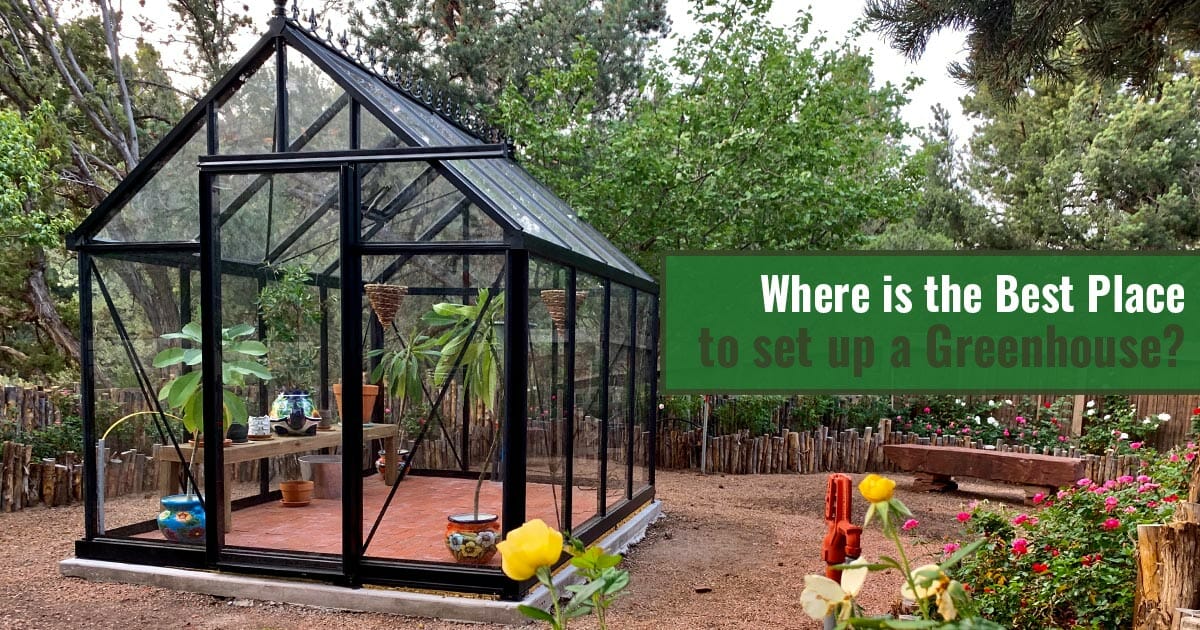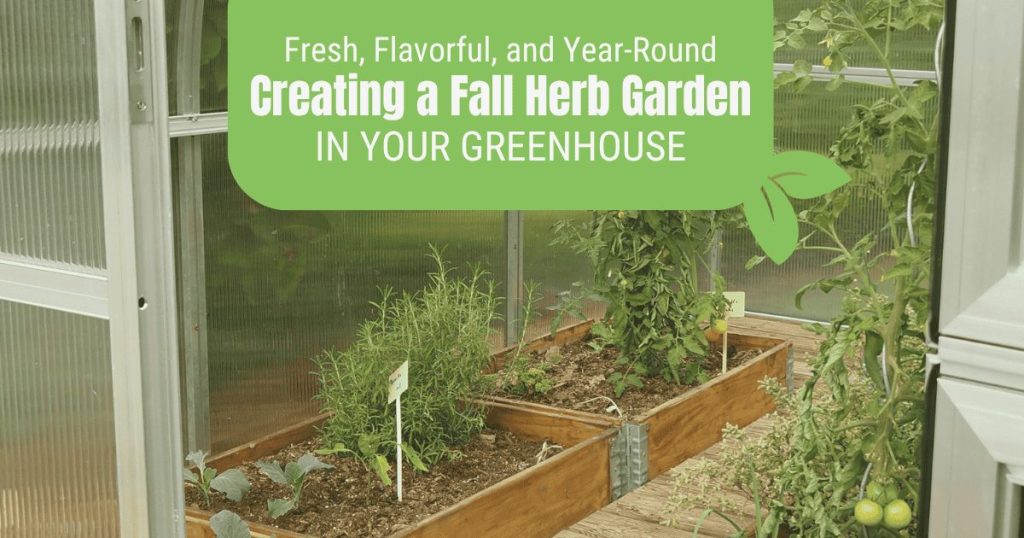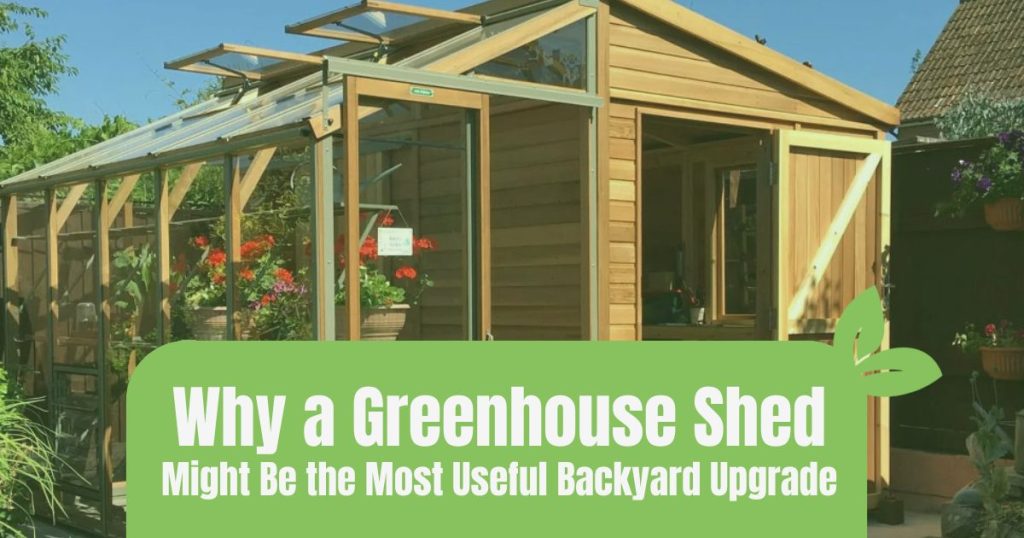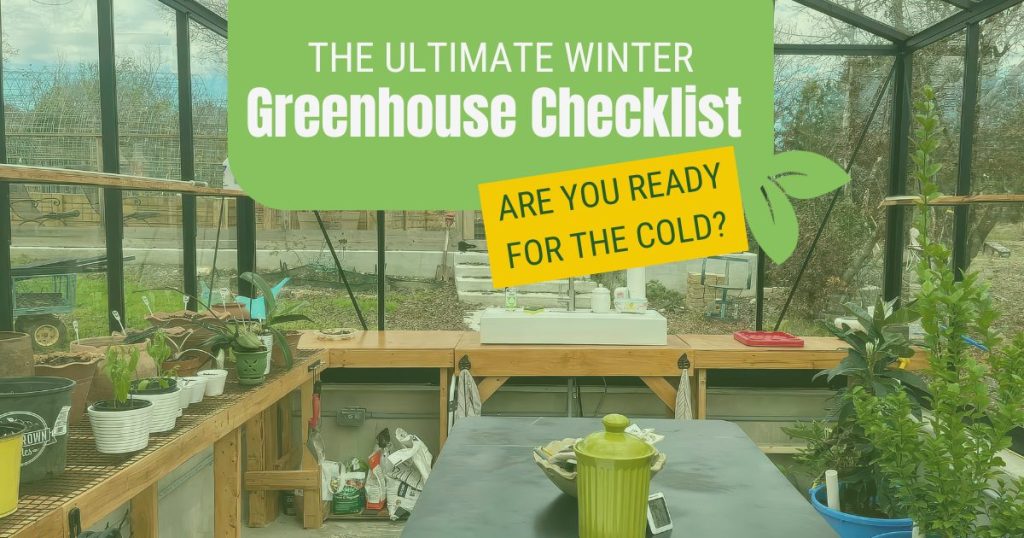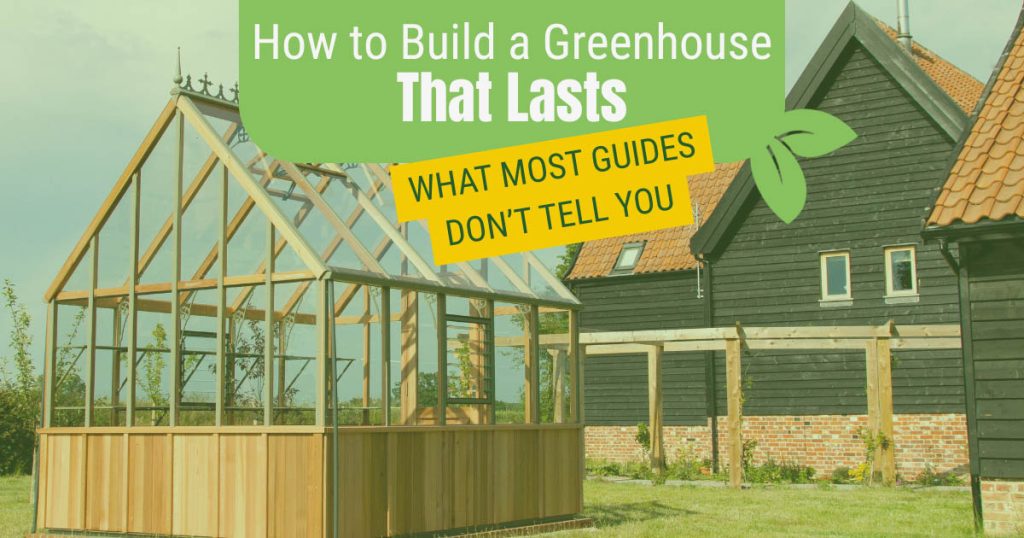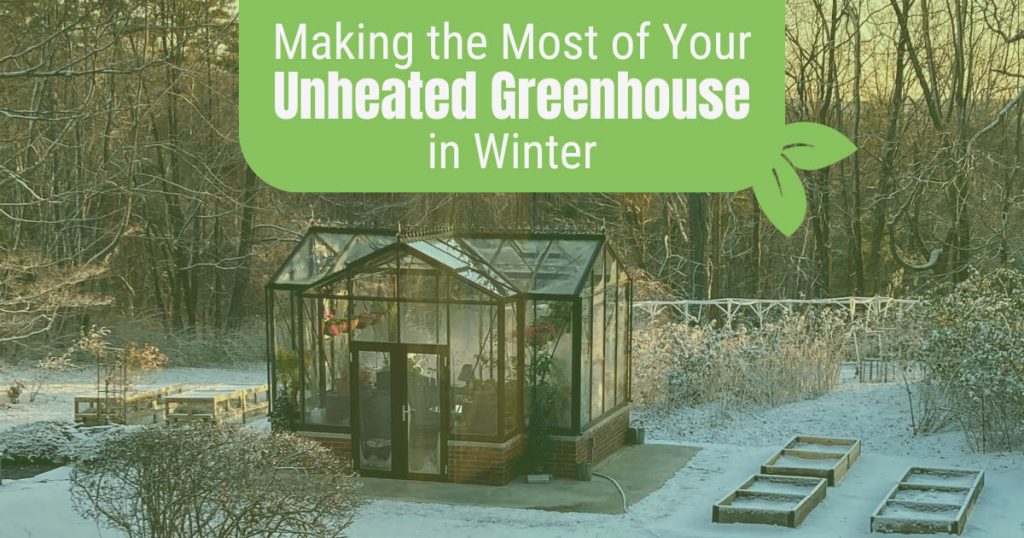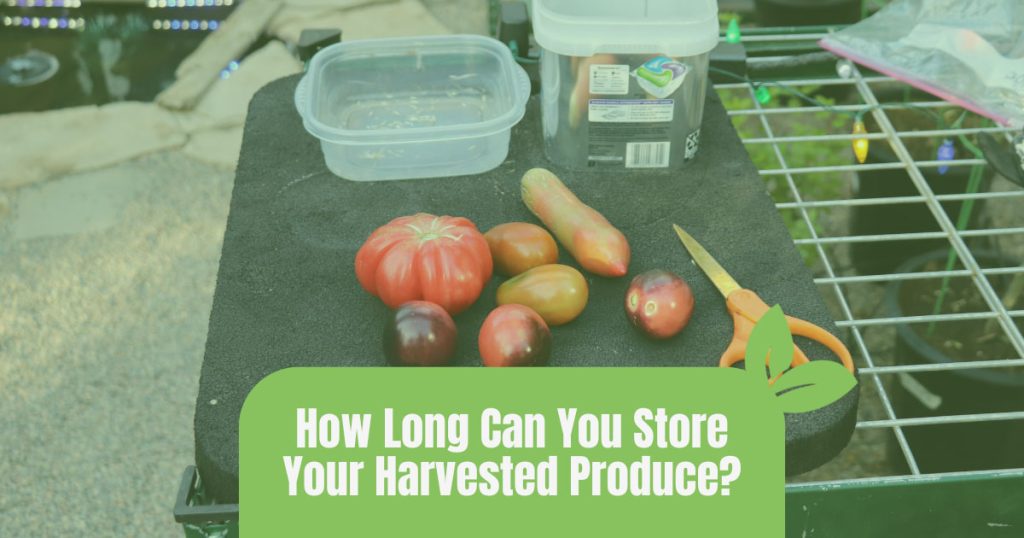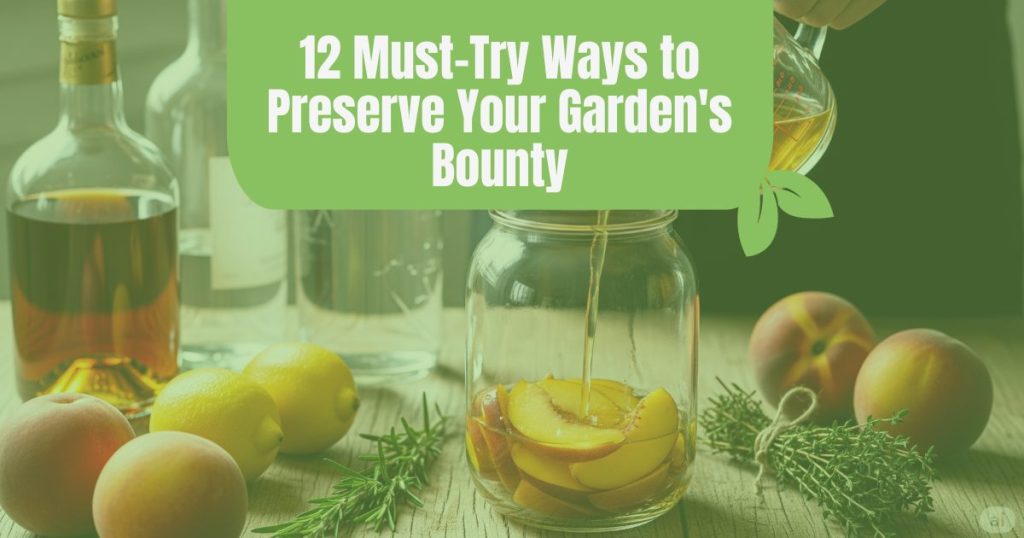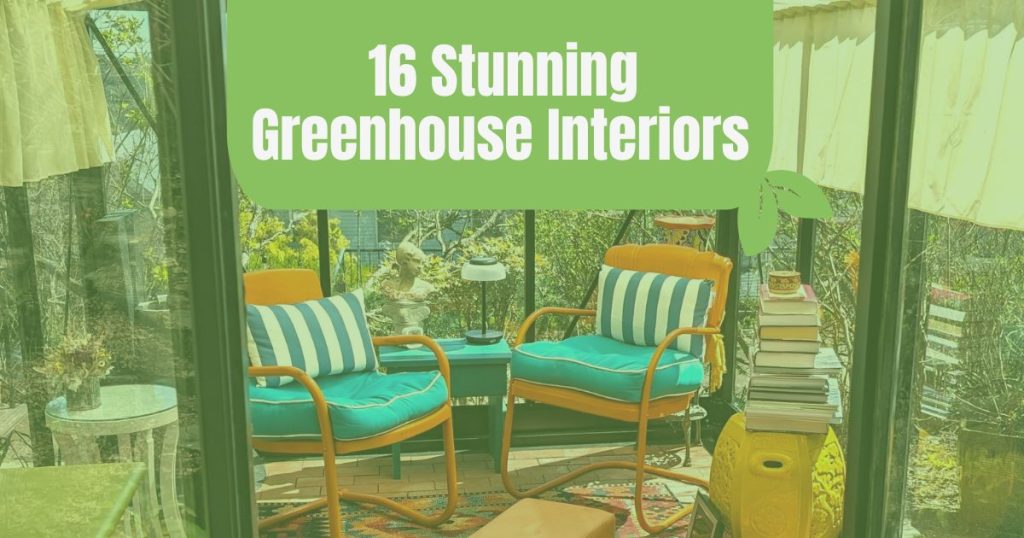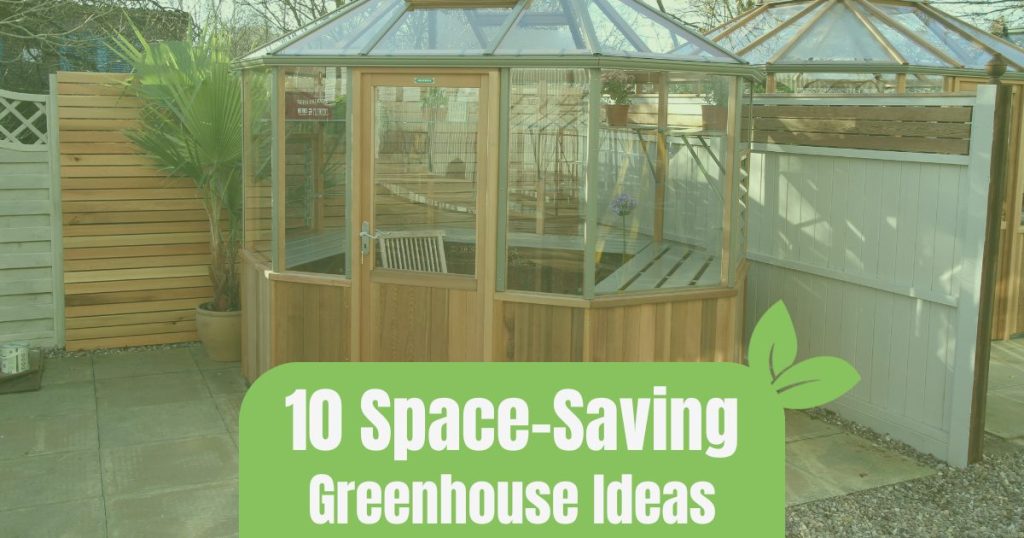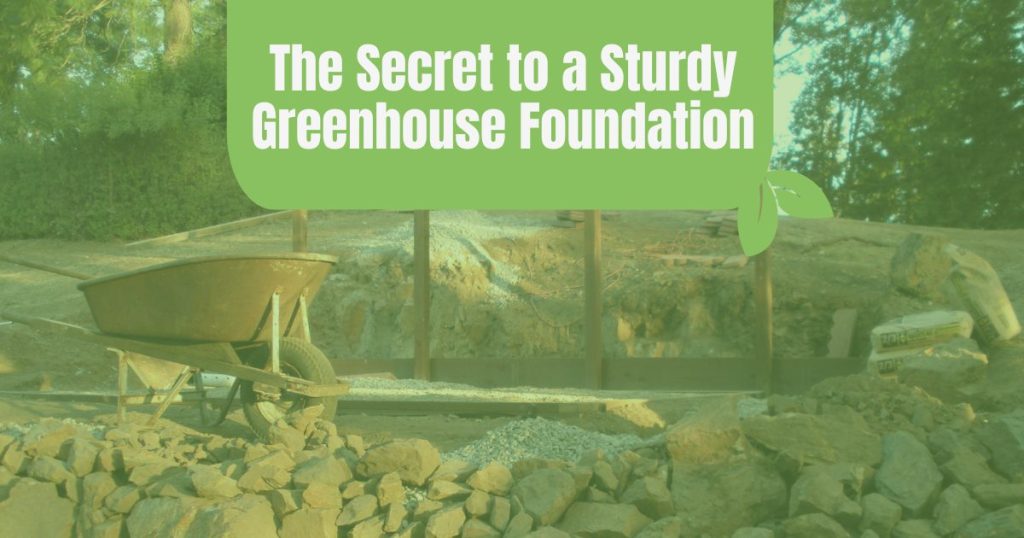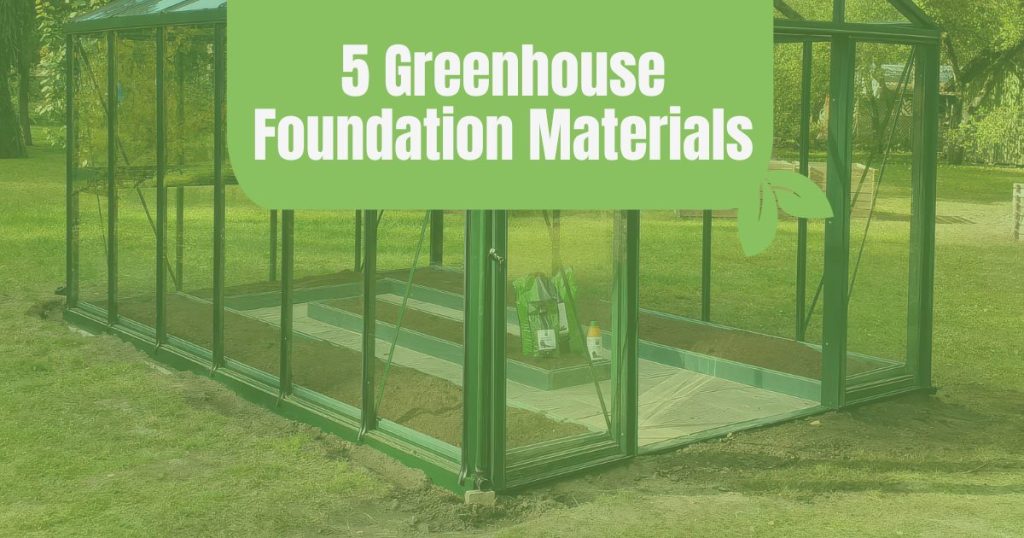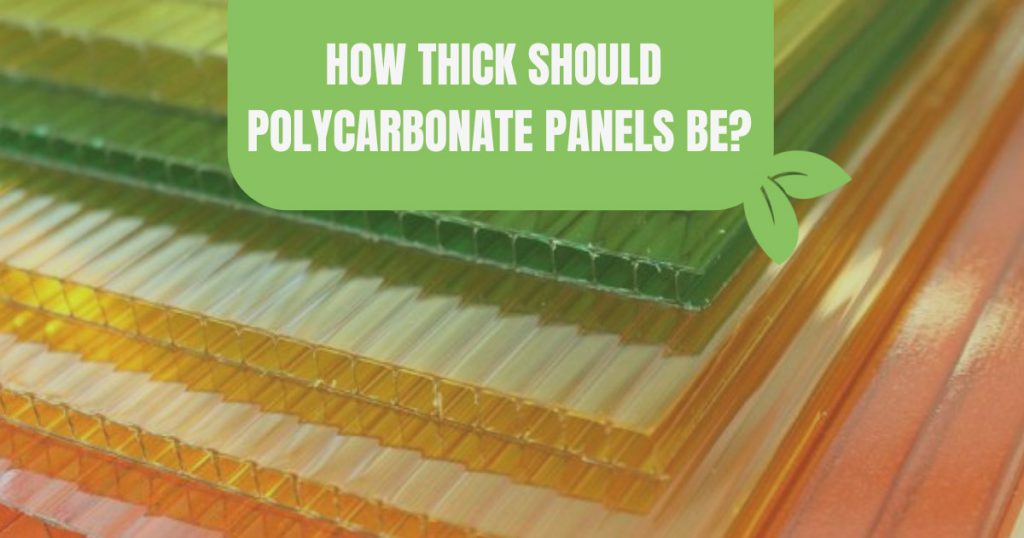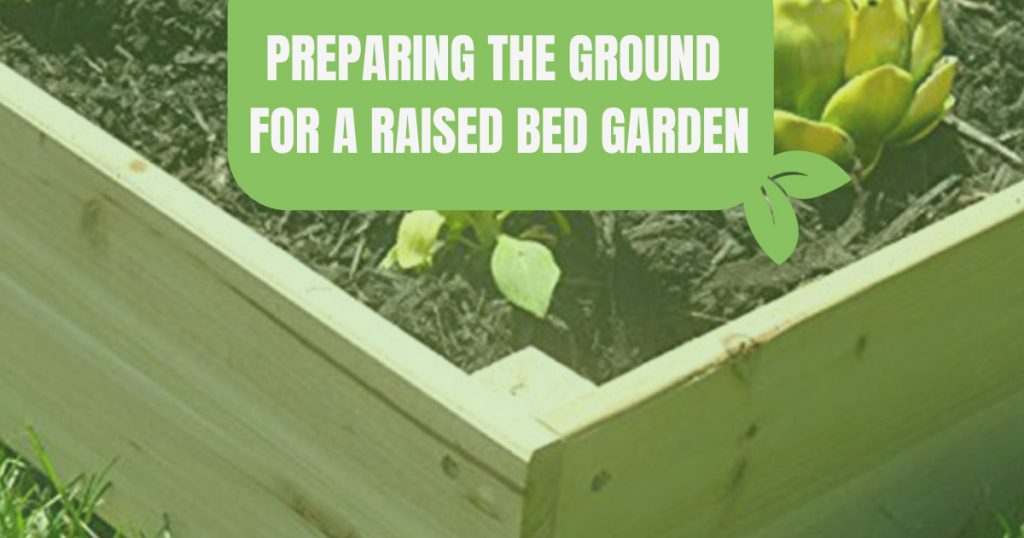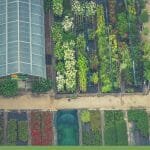


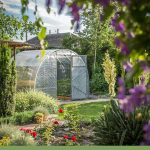
Have you made the decision to add a greenhouse to your garden? If so, it’s time for you to select the best spot to set it up! This may seem like a simple decision, but the location of your greenhouse can significantly determine the success of your plants, so it’s important to think it through.
A greenhouse can be placed or built on most types of surfaces, but it’s important to select the best place for your situation! To grow perfect crops in your greenhouse, you want a spot that gets a lot of light and very little frost or wind. The ideal surface for your greenhouse should be level, convenient to access, and situated in the sun.
But it’s not as easy as it sounds. There are many factors you should consider before finally getting your greenhouse all set up. This is why we’ve created this comprehensive guide to walk you through it all.
Factors to consider when selecting the best place for your greenhouse
When selecting the best place for your greenhouse, it’s important to select a spot that is not only ideal for the types of plants you’re trying to grow but also perfect for your particular landscape and location. This minimizes the need for maintenance and ensures that your greenhouse will last much longer.
Now it’s time to get into the different factors you should consider before selecting a spot for your greenhouse.
1. Sun direction
The location of your greenhouse should largely be determined by its exposure to sunlight. When the long side of your greenhouse faces south, for example, it will receive the maximum sunlight. Ultimately, choosing which way your greenhouse faces determines the amount of sunlight that it gets in a day, which significantly influences the success of your plants.
Ideally, you should place your greenhouse in a spot where it will receive a minimum of six hours of sunlight daily. This is particularly important in winter months when the days are shorter and the angle of the sun is lower, which could mean even less light if the sun gets blocked by trees, fences, or houses.
The further north you live, the more important it is to face your greenhouse such that it receives maximum sunlight (south-facing, away from tall structures or trees). If a southern-facing spot is not possible, the next best option is southeast or southwest.
On the other hand, if you live in an area where heat is your biggest concern, you may want to intentionally reduce the exposure to the sun and seek a rather shaded spot.
2. Weather and climate
Next, it is really important to consider what kind of weather and climate your area is prone to. If you live somewhere that receives a lot of wind or stormy weather, for example, you may want to place your greenhouse somewhere with a windbreak, such as a wall, fence, or line of trees.

If you get a lot of rain and/or snow, make sure to avoid placing your greenhouse at the bottom of a hill, where water drainage is likely to be poor. Instead, look for a spot with good drainage.
3. Plant type
It’s also a good idea to take a moment to consider which types of plants you will be growing in your greenhouse. Some plants actually thrive in less sunlight, while others need as much as possible. To learn more about the different sunlight requirements for plants, click here.
Generally, if you’re going to be growing flowers and vegetables, the best place for your greenhouse is on the south or southeast side of your garden. The more south-facing your greenhouse is, the more sun your plants will get, and the more they will grow and yield.
Your greenhouse may need a little extra shade in the summer if you live in a particularly hot climate, or if your plants like more shade. This might be the case if you’re planning to grow tropical or other shade-loving plants. You can utilize shade cloths to create shaded or half-sun areas in your greenhouse.
4. Trees
Another important factor you should consider is protecting your greenhouse from trees. We highly advise against putting your greenhouse directly underneath trees. Not only do trees cast shade on your greenhouse, but they encourage algae, dirt, bird droppings, and sap to accumulate on your roof.
In some cases, the additional shade that trees provide can prove beneficial. However, trees mean falling branches, which can damage your greenhouse. In particularly stormy or windy weather, trees can even fall over and destroy your greenhouse entirely.
This doesn’t mean that trees are all bad. In fact, trees can provide shade in the hot summer months and act as a windbreak for your greenhouse. So if your only choice is to place your greenhouse near trees, don’t worry! Instead, try to avoid building right up against any trees to minimize potential damage.
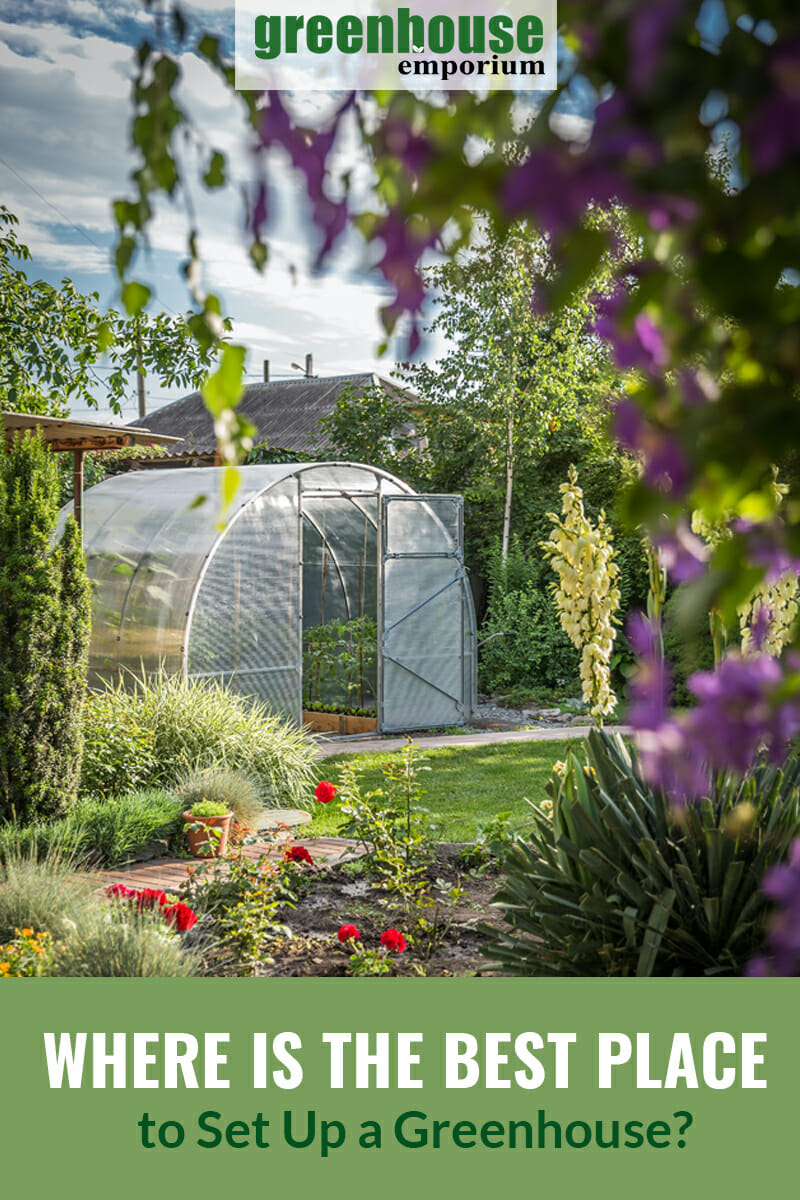
5. Other structures
Although it might seem appealing to place your greenhouse right up against the side of your house, we suggest you avoid this, unless you specifically invest in a lean-to greenhouse. Instead, place your greenhouse away from any immediate structures such as sheds, houses, fences, or walls.
One reason for this is that you’ll need enough space around the greenhouse to make the inevitable repairs as time goes on, or to clean the exterior of algae and dirt.
On the other hand, keep in mind that you’ll probably have to carry many things to and from the greenhouse over time, so don’t set it somewhere inconveniently far away.
6. Greenhouse size
Before you can choose the best location for your greenhouse, it’s important to know its dimensions, regardless of whether you are buying or building one yourself.
Once you know its dimensions, measure the spot you have in mind and make sure it can accommodate the dimension of your greenhouse! It’s important that you choose a spot with more space than the size of your greenhouse alone so that there is space to walk around.
7. Level ground
For obvious reasons, it’s important that you place your greenhouse on level ground. Don’t place your greenhouse on a slope or at the base of a slope. The base of a slope can trap the cold and is prone to poor drainage and accumulation of surface water.
A well-drained site will put less stress on your structure and prolong the life of your greenhouse. So you want a ground that is compacted and firm so it doesn’t begin to settle after the greenhouse is constructed.
However, you don’t have to find a spot that is perfectly level from the get-go! Luckily, we have some control over leveling the ground and building the right foundation for your greenhouse.

8. Accessibility
Finally, it’s important that your greenhouse is safely accessible to you and anyone else who will be using it. For example, you may need to build a path to your greenhouse if there isn’t one already.
Moreover, you may want your greenhouse situated near a structure with power and water. You’ll probably need electricity if you’re planning to run fans, heaters, timers, or sprinkling systems. Ideally, your greenhouse is within walking distance of your house.
As noted above, make sure to leave at least three feet of space all around your greenhouse (ideally more). This makes it easier to make inevitable repairs to your greenhouse. This extra space also prevents unnecessary shade and increases ventilation.
Let’s quickly recap the factors to consider for a perfect site: good sunlight for the intended plants, protection from inclement weather, appropriate spacing from trees and other structures, a big enough space that is mostly level, and adequate accessibility (including to water and electricity). Once you’ve determined what is right for you, you’ll be able to get the most out of your greenhouse!

